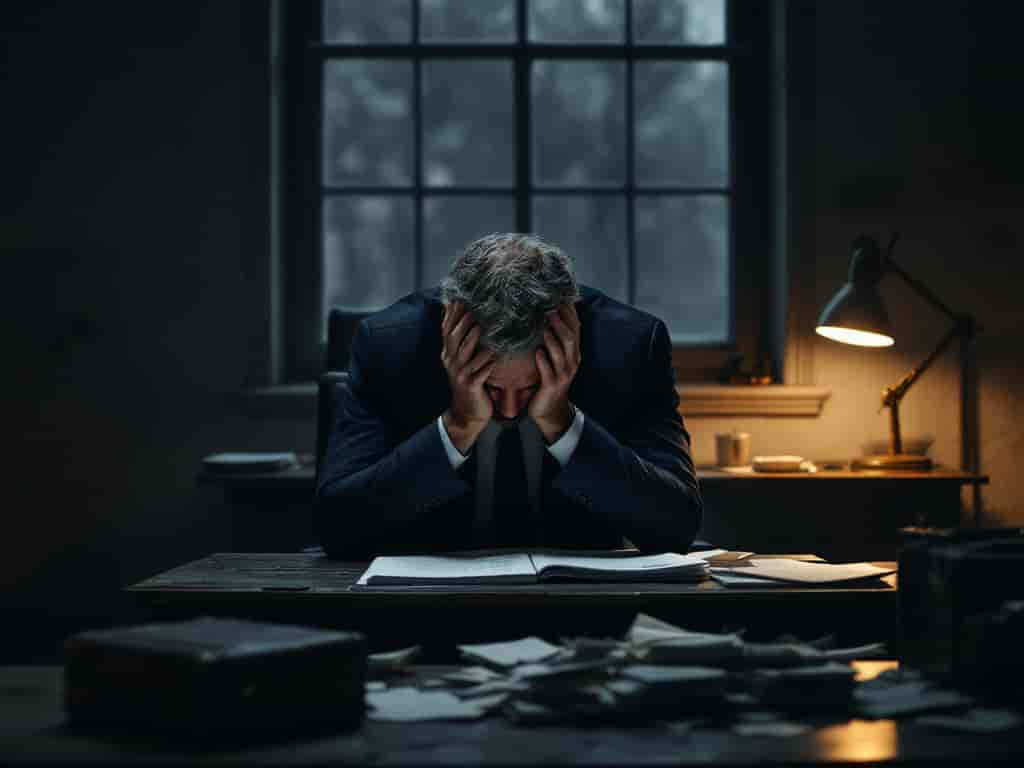Top Tips for Restoring Classic Cars Like a Pro
Ellie Moore
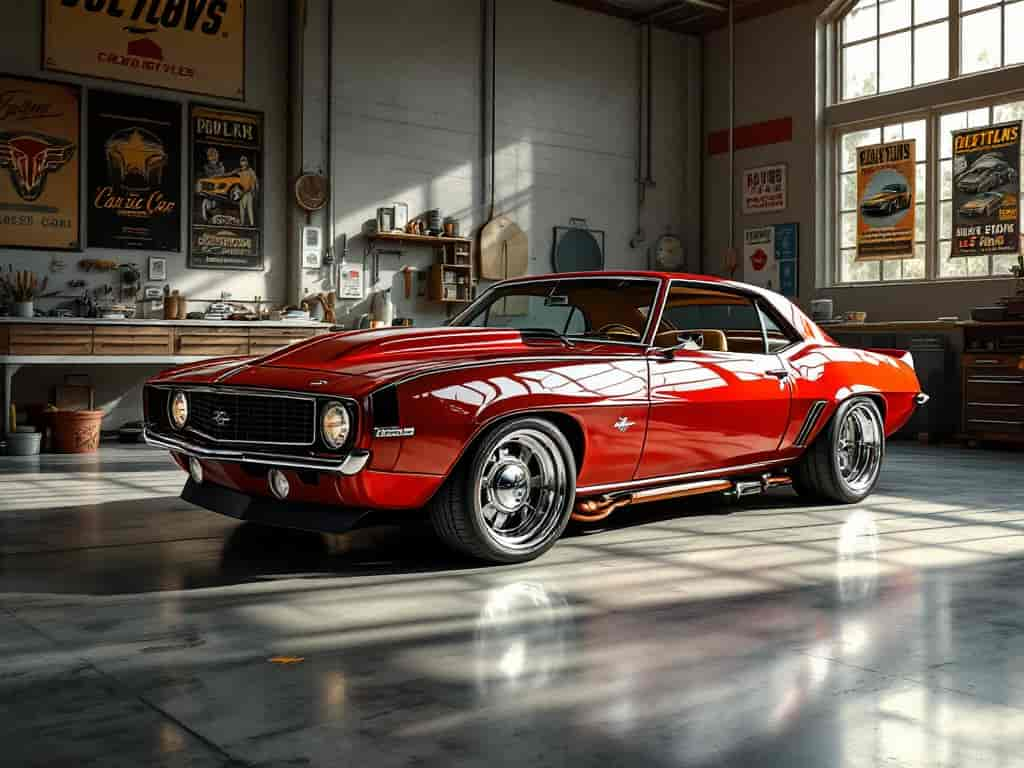
Photo: Top Tips for Restoring Classic Cars Like a Pro
Top Tips for Restoring Classic Cars Like a Pro
Restoring a classic car is more than just a hobby it's a passion that combines craftsmanship, history, and a deep appreciation for automotive artistry. Whether you're a seasoned enthusiast or just embarking on your restoration journey, these top tips will guide you in restoring classic cars like a pro. By adhering to these strategies, you'll not only preserve automotive history but also create a masterpiece that turns heads on the road.
Assessing the Classic Car's Condition
Before diving into the restoration process, it's crucial to evaluate the current state of your classic car. A thorough assessment helps identify the scope of work required and sets the foundation for a successful restoration.
Conduct a Thorough Inspection
Begin by inspecting every aspect of the vehicle. Check for signs of wear and tear, rust, and damage to key components such as the engine, transmission, and suspension. Pay close attention to:
- Exterior Body: Look for dents, scratches, and rust spots.
- Interior: Examine the condition of seats, dashboard, and carpeting.
- Engine Bay: Assess the engine's health, looking for leaks or worn-out parts.
- Electrical Systems: Test all lights, indicators, and electrical components to ensure they function correctly.
Identify Rust and Structural Issues
Rust is a common enemy in classic car restoration. Identifying rust early can prevent structural damage that may compromise the vehicle's integrity. Use a magnet to detect hidden rust in areas like the floor pans, sills, and rocker panels. Addressing rust promptly involves:
- Removing Affected Areas: Cut out rusted sections using appropriate tools.
- Treating the Metal: Apply rust converter or primer to prevent further corrosion.
- Reinforcing Structural Integrity: Replace or reinforce damaged sections to ensure the car's safety and longevity.
Creating a Restoration Plan
A well-structured plan is essential for a successful restoration project. It helps manage time, resources, and expectations effectively.
Set a Realistic Budget
Establishing a budget is the first step in your restoration plan. Consider all potential expenses, including:
- Parts and Materials: Original or high-quality aftermarket parts can vary in price.
- Tools and Equipment: Invest in reliable tools necessary for the restoration process.
- Labor Costs: If you plan to hire professionals for certain tasks, factor in their fees.
- Unexpected Expenses: Allocate a contingency fund for unforeseen issues that may arise.
Source Reliable Parts
Finding authentic parts is critical to maintaining the classic car's originality. Here are some tips for sourcing reliable components:
- Specialty Suppliers: Look for suppliers that specialize in parts for your specific make and model.
- Online Marketplaces: Platforms like eBay and dedicated classic car forums can be valuable resources.
- Local Junkyards: These can be treasure troves for rare and hard-to-find parts.
- Networking: Connect with other classic car enthusiasts who might have parts to spare or can guide you to trustworthy sources.
Essential Tools and Equipment for Restoration
Having the right tools can significantly streamline the restoration process. Here's a list of essential equipment every classic car restorer should have:
Basic Hand Tools
These are the foundational tools needed for most restoration tasks:
- Wrenches and Sockets: For loosening and tightening bolts and nuts.
- Screwdrivers: Both flathead and Phillips for various applications.
- Pliers: Useful for gripping, bending, and cutting wires or small components.
- Hammers: Essential for tasks like bodywork and assembling parts.
Specialized Restoration Tools
Advanced tools can make complex tasks more manageable:
- Paint Booth: Provides a controlled environment for painting, ensuring a high-quality finish.
- Engine Hoist: Facilitates the removal and installation of the engine with ease.
- Frame Straightening Equipment: Helps in correcting any structural distortions.
- Air Compressor: Powers pneumatic tools, making tasks faster and less labor-intensive.
Step-by-Step Restoration Process
Following a systematic approach ensures that no aspect of the restoration is overlooked. Here's a comprehensive guide to the step-by-step process:
Disassembly and Documentation
Start by carefully disassembling the vehicle. Document each step meticulously to simplify reassembly:
- Label Parts: Use tags or color-coded systems to identify different components.
- Take Photographs: Capture images of each section before and during disassembly.
- Organize Components: Keep parts sorted and stored in a safe, organized manner to prevent loss or damage.
Body and Paint Restoration
Restoring the body and paint brings the classic car back to its original glory:
- Repair Dents and Dings: Use body fillers and sanding techniques to smooth out imperfections.
- Remove Rust: Treat affected areas and apply primers to prevent future corrosion.
- Paint Matching: Choose paint that closely matches the original color. Consider using OEM (Original Equipment Manufacturer) paint for authenticity.
- Final Coating: Apply a clear coat to protect the paint and enhance its shine.
Engine and Mechanical Overhaul
A well-maintained engine is the heart of any classic car:
- Clean and Inspect: Remove all debris and inspect engine components for wear or damage.
- Replace Worn Parts: Change out old gaskets, seals, and other essential parts.
- Reassemble and Test: Put the engine back together, ensuring all connections are secure, and run tests to verify performance.
Tips for Maintaining Authenticity
Preserving the classic car's original features is vital for its value and appeal. Here are some tips to maintain authenticity:
Preserving Original Features
- Use OEM Parts: Whenever possible, use original parts to retain the car's originality.
- Maintain Original Paint Colors: Stick to the original color scheme to preserve the car's historical accuracy.
- Retain Vintage Details: Keep original gauges, trim, and other unique features intact.
Avoiding Common Restoration Mistakes
Avoid pitfalls that can compromise the restoration quality:
- Over-Restoring: Strive for a balance between restoring functionality and preserving original elements.
- Ignoring Documentation: Proper documentation ensures that you can accurately restore and maintain the vehicle.
- Skimping on Quality: Investing in high-quality parts and materials pays off in the long run by enhancing durability and performance.
Leveraging Professional Help
While DIY restoration can be fulfilling, knowing when to seek professional assistance can save time and ensure quality.
When to DIY and When to Hire Experts
Evaluate your skills and the complexity of tasks before deciding:
- DIY-Friendly Tasks: Simple tasks like painting, minor bodywork, and interior restoration can often be handled by enthusiasts.
- Professional Expertise: Complex engine work, electrical systems, and structural repairs may require professional intervention to ensure safety and functionality.
Conclusion: Bringing Your Classic Car Back to Life
Restoring a classic car is a rewarding endeavor that combines passion, patience, and precision. By following these top tips, you can approach your restoration project like a pro, ensuring that your classic car not only looks stunning but also performs reliably. Embrace the journey, respect the history, and enjoy the process of bringing automotive art back to life.
Ready to Start Your Restoration Journey?
Have your own classic car restoration tips or stories to share? Leave a comment below, share this article with fellow enthusiasts, and explore our related content to continue your journey in restoring classic cars like a pro!
Frequently Asked Questions
What is the first step in restoring a classic car?
The first step is conducting a thorough inspection to assess the car's condition. This involves checking the exterior, interior, engine, and electrical systems to identify areas that need attention.
How do I find authentic parts for my classic car?
Authentic parts can be sourced from specialty suppliers, online marketplaces, local junkyards, and by networking with other classic car enthusiasts. Using OEM parts is recommended to maintain the car's originality.
Should I restore a classic car myself or hire professionals?
It depends on your skill level and the complexity of the restoration. Simple tasks can be DIY projects, while more intricate work like engine overhauls and electrical repairs may require professional expertise to ensure quality and safety.
How much does it cost to restore a classic car?
The cost varies widely based on the car's condition, the extent of restoration needed, parts availability, and whether you undertake the work yourself or hire professionals. It's essential to set a realistic budget and include a contingency for unexpected expenses.
How long does a classic car restoration take?
The timeline can range from several months to a few years, depending on the project's scope, the car's condition, and the resources available. Planning and sticking to a structured restoration plan can help manage the timeline effectively.
Finance & Investment
View All
April 20, 2025
TSLA Yahoo Finance Stock UpdateElevate your SEO with expert content! Understand E-E-A-T, build topical authority, and create high-quality, trusted content that ranks and engages.
Ellie Moore
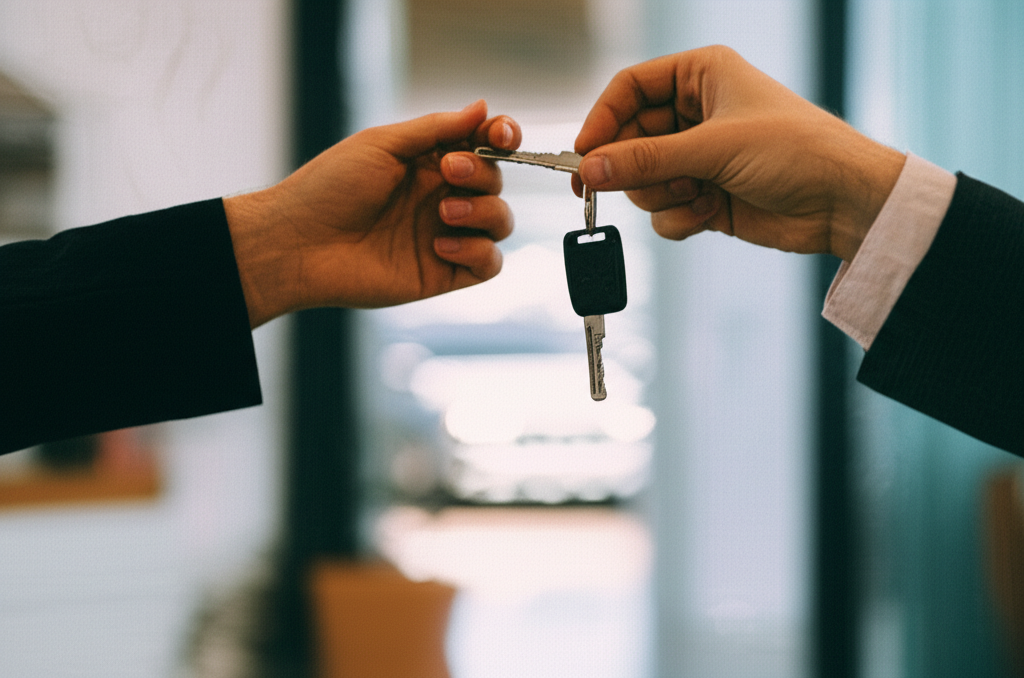
November 8, 2025
Capital One Car Finance ReviewUnlock your online potential! Discover how expert SEO content boosts rankings, drives traffic, and establishes your brand as a trusted authority online.
Ellie Moore

August 13, 2025
Should You Get a Masters in FinanceGo beyond keywords! Expert SEO content, built on E-E-A-T, is key to higher rankings, more traffic, and building online authority and trust for your business.
Ellie Moore

August 20, 2025
Track Stocks Easily on Yahoo FinanceUnlock higher rankings & authority with expert SEO content. Learn why valuable, E-E-A-T aligned content is key to online success.
Ellie Moore

January 24, 2025
NYS Finance and Taxation BasicsBeyond keywords: Craft expert SEO content that ranks high, builds E-E-A-T, and genuinely helps your audience. Future-proof your strategy.
Ellie Moore

May 20, 2025
Home Improvement Financing TipsElevate your rankings & build brand trust with expert SEO content. Discover how E-E-A-T principles drive organic traffic and establish authority.
Ellie Moore
Insurance
View AllProtect your future with Premium State Farm Insurance. Explore comprehensive plans for personal & commercial risks, ensuring financial stability and peace of mi...
Ellie Moore
Is pet insurance right for you? Explore the pros, cons, and costs of coverage to keep your furry friend healthy.
Ellie Moore
Discover how insurance companies assess and manage high-risk clients while providing customized solutions for unique challenges.
Ellie Moore
Save on premiums with usage-based auto insurance. Learn how your driving habits shape coverage and costs!
Ellie Moore
Why are millennials delaying life insurance? Explore the trends and factors influencing their decisions.
Ellie Moore
Discover how parametric insurance uses data to quickly respond to natural disasters and protect assets.
Ellie Moore
Education
View AllDiscover how assistive technology empowers special needs learners. Learn about tools that foster inclusivity and enhance educational outcomes.
Read MorePlay is crucial in early learning! Discover how play-based learning enhances cognitive, emotional, and social development in young children.
Read MoreLearn how UNESCO promotes education for all globally. Explore key initiatives and efforts aimed at fostering equal learning opportunities for everyone.
Read MoreExplore the benefits of hybrid learning models. Learn how to balance online and face-to-face teaching for a more flexible education experience.
Read MoreTake learning beyond the textbook with experiential education. Discover how real-world experiences create lasting knowledge and skills.
Read MoreTeacher burnout is on the rise. Learn about its causes, consequences, and practical solutions to support educators and improve well-being.
Read MorePopular Post 🔥
View All
1
2
3
4
5
6
7
8
9
10
Health






Automotive
View All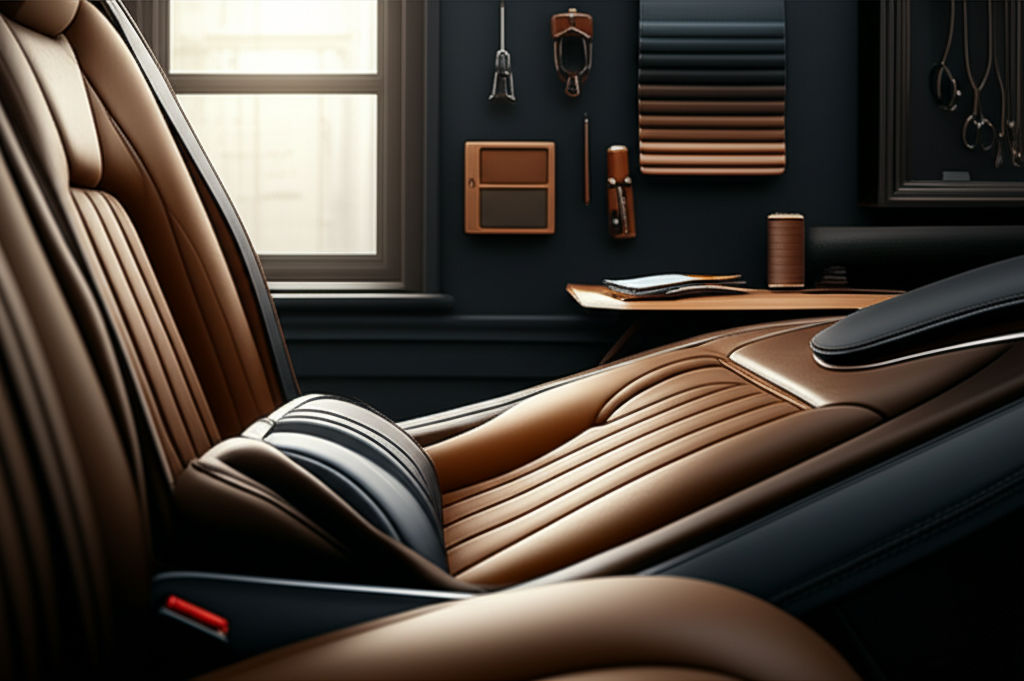
July 10, 2025
Best Automotive Upholstery Shops Near Me Today
Expert guide: Find the best automotive upholstery shops near you. Restore your car's interior for ultimate comfort, enhanced value, and lasting protection.
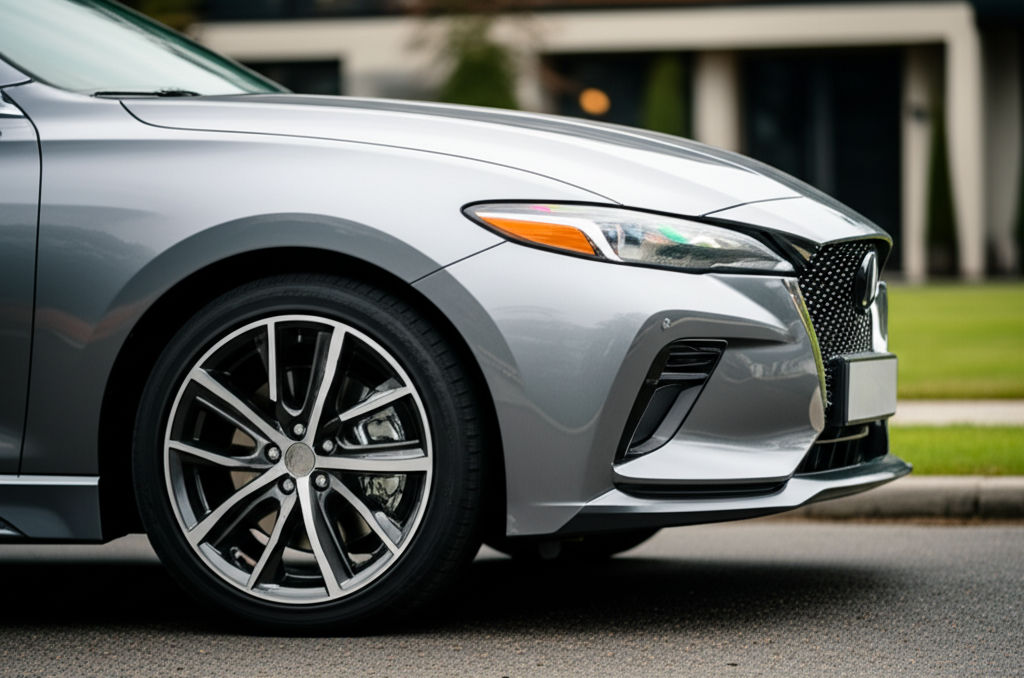
July 25, 2025
Drive Automotive Solutions For Everyday Use
Drive smarter & safer! Get essential automotive solutions, maintenance tips & tech insights to keep your car reliable, efficient, and ready for anything.
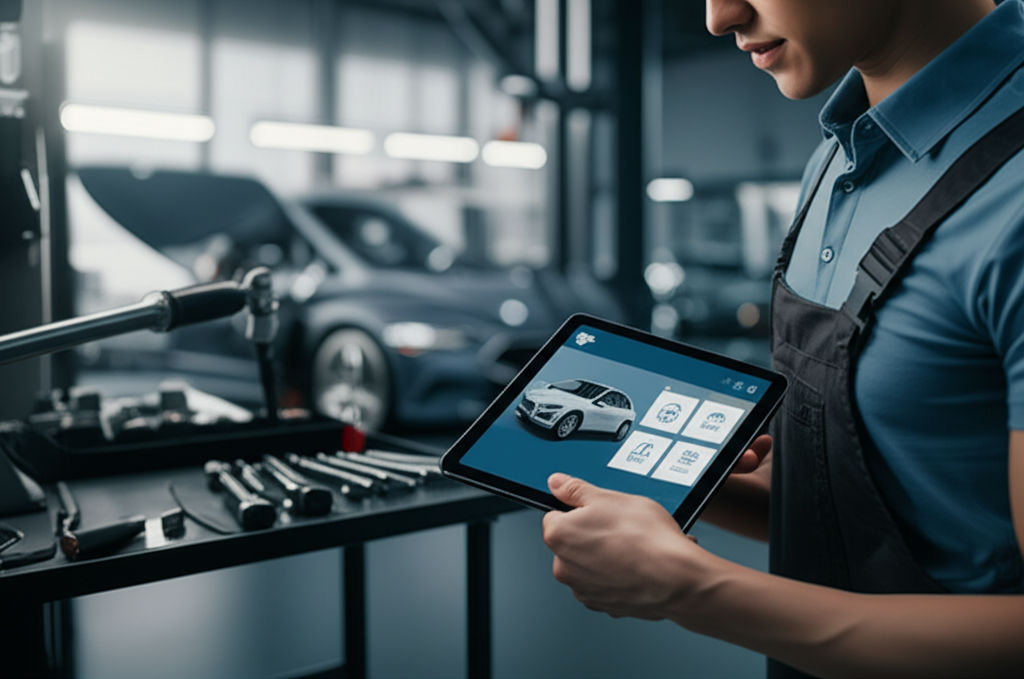
August 11, 2025
Salesforce Automotive Cloud Learning Path Guide
Accelerate your automotive career! Learn Salesforce Automotive Cloud with our guide to revolutionize operations, unify data, and enhance customer experience.
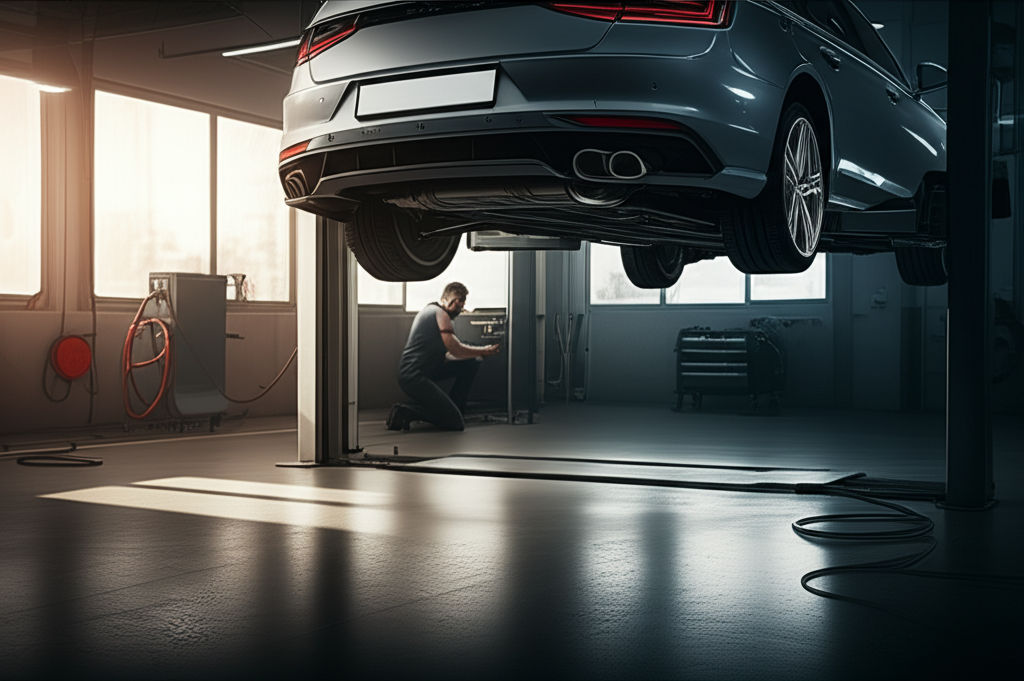
September 6, 2025
A Better Way Automotive Services Near You
Discover "A Better Way" for auto services. Find trusted mechanics, transparent pricing, and top-tier vehicle care near you. Drive with confidence.
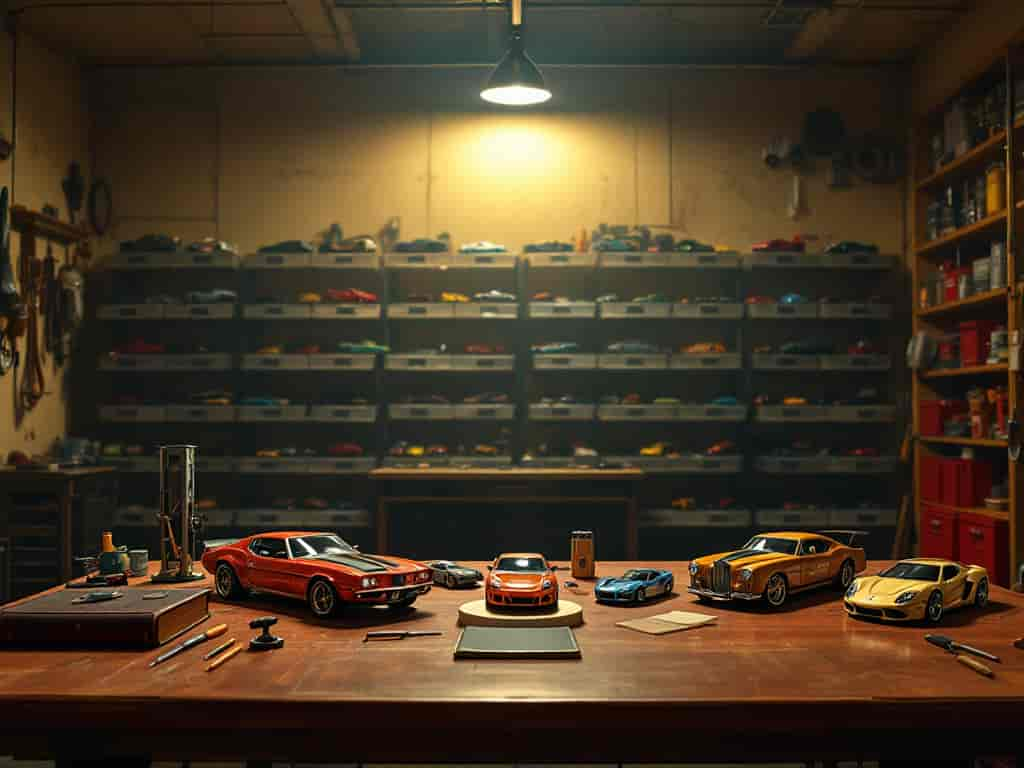
February 12, 2025
Hot Wheels Collecting: Hobby or Smart Investment?
Is collecting Hot Wheels just a hobby, or can it be a smart investment? Learn about rare models, values, and tips to grow your collection.

January 31, 2025
Top Tips for Restoring Classic Cars Like a Pro
Want to restore a classic car? Get expert tips and tricks for a flawless restoration. Discover how to bring vintage beauties back to life!








